In its beauty, balsam (also called Vanka wet and touchy) can compete with many garden flowers. You can grow it indoors in pots, in hanging pots and flowerpots outside, or simply in beds. Gardeners practice growing garden balsam both through seedlings and by sowing seeds in open ground. As you can see, this plant is beautiful, versatile and not at all difficult to care for.
Of course, there are a lot of varieties of this plant and they are very different from each other, but in this article we will not talk about varieties, but about how to grow balsam at home.
2 ways to grow garden balsam from seeds.
There are two ways to grow this plant from seeds:
- Growing through seedlings.
- Sowing seeds in open ground.
This flower is heat-loving and afraid of frost, so it is most often grown through seedlings. Some gardeners consider balsam to be a capricious plant that is difficult to grow at home. Others claim that it is a flower, like a flower, and they do not have any problems with it. So what is the reason for the failures when growing impatiens from seeds?
1 way. Growing through seedlings
As always, failures await beginners at the initial stage of cultivation. If your seedlings survived to the picking, you can assume that the hardest part is over and no further problems should arise.
The thing is that young seedlings are easily affected by fungal infections, such as gray rot. It is this disease that usually causes the death of balsam seedlings. To exclude the possibility of infection, it is necessary to approach the choice of soil in which the seeds will germinate with all responsibility. Namely, recommendations related to the quality of the soil are most often ignored and considered a trifle that does not deserve attention (the earth is the earth).
Another reason for failure is low-quality, expired seeds. It must be admitted that imported seeds most often turn out to be better than domestic ones.
What should the soil be like? The simplest and perhaps most correct solution is to buy peat-based soil in the store and add perlite or vermiculite there. If you nevertheless decide to prepare the soil mixture yourself, then under no circumstances add compost or humus to it. Take regular garden soil, mix it with sand and be sure to sterilize it.
Another good option is to use peat tablets.
When to start planting? On average, three months pass from seed germination to the beginning of flowering. Considering that balsam is planted in the OG at the end of May or beginning of June (it varies in different regions), it is most advisable to start planting in early or mid-March.
If you really want to see balsam blooming at the beginning of May or you are growing flower seedlings for sale, then you should start sowing at the end of January.
But you will have to take much more care of early seedlings. Impatiens seedlings tend to stretch, so you can’t do without lighting + maintaining the optimal temperature. When planting in the garden in May, you need to prepare a shelter in case of night frosts. So, from the beginning, think carefully about whether you need such additional troubles.
Before sowing, level the soil in the container, moisten it and spread the seeds evenly. They germinate in the light, so there is no need to sprinkle them, just lightly press them to the ground. Anyone who has ever grown petunia from seeds knows how to do it. Spray your crops with dewdrops, place the container in a plastic bag and place it in a bright, warm place. Shoots appear in 5 - 15 days
How to care for balsam seedlings. After the seedlings emerge, do not rush to remove the film; let the seedlings get a little stronger. But the seedlings need to be ventilated several times every day. When the roses stretch out slightly, add a little soil to cover the exposed roots.
Gradually accustom the seedlings to fresh air and eventually remove the film completely. Monitor the humidity; the soil should always be moist, but not flooded.
Temperature for growing seedlings. To create favorable conditions for growing seedlings, the temperature must be maintained within the following limits:
- When seeds germinate 22 - 24 degrees
- After picking 18 - 20 degrees
Picking seedlings. Approximately three to four weeks after germination, when the seedlings become cramped in the container, they need to be planted in larger containers. You won’t need too large containers for this; small plastic cups will do just fine.
At home, it is difficult to create ideal conditions for the growth of balsam seedlings. Seedlings often turn out very elongated, this is of course bad, but not fatal.
When picking, bury them down to the cotyledon leaves; sometimes the plants even have to be slightly twisted.
The plant tolerates picking well, but still keep the cups in the shade for several days and do not immediately expose them to the sun.
Pinching balsam. After picking, young plants begin to grow quickly, but unfortunately, just as quickly they begin to stretch out again. At this time, they need to pinch the tops of their heads. As a result, we restrain the stretching and side shoots are formed, and a bushy, flowering ball is always better than a lonely, long shoot. Therefore, always pinch the shoots of balsams and form a bush.
Mite on balsam. While the seedlings are in the house, inspect them from time to time to see if mites have appeared on the leaves. Spider mites simply love balsam and appear almost always. As soon as you find this pest, immediately treat all seedlings with Fitoverm.
Planting in open ground. You can plant seedlings in the ground only when real summer has arrived and the threat of frost has passed. Plants are planted 25 cm apart from each other. With this planting scheme, overgrown bushes form a continuous carpet. Select a place for planting in partial shade; although balsam loves warmth, scorching, midday sun rays are not for it.
Method 2. Planting balsam seeds in the ground
Not everyone has the opportunity, or even the desire, to grow garden balsam in seedlings on a windowsill. You can, of course, sow the seeds directly into the ground, but in this case flowering will occur much later, but the balsam will require much less care.
This plant is quite whimsical, so seeds are sown in greenhouses only in early May. If there is no shelter, then it is better to sow at the end of May or even the beginning of June.
How to care for impatiens in the garden
Where to plant. This sissy doesn’t like drafts, doesn’t like heat, and doesn’t like too much of anything (water, fertilizer). He needs it to be quiet, warm and cozy. It will be good to grow in a place protected from the wind, so that the sun shines on it for several hours a day, but only in the morning or evening. Feels great in tree trunks, against the wall of a house or fence (just not on the south side).
Growing in flowerpots, flower pots. This plant, like no other, is suitable for growing in hanging baskets and flowerpots.Its root system easily tolerates cramped pots and lack of soil. The main thing is that the soil is fertile and always moist; for this you need to add hydrogel to it. Caring for balsam in flowerpots is even easier than caring for petunia.
Feeding. Fertilizing is carried out three times a month, with phosphorus and potassium fertilizers. We can recommend potassium monophosphate (5 grams per bucket of water) watered 0.5 liters per bush, but anything else will do.
Watering. Don't forget to water, but water moderately. Excess moisture can cause root rot.
Take a closer look at your plants, they themselves give signals if they don’t like how you care for them:
- The balsam leaves have drooped, which means it’s too hot and there’s not enough moisture.
- Leaves turn yellow and fall off - cold, excess moisture, check for pests.
- The bases of the stems rot - excess moisture, low temperature, lack of lighting.
- Few or no buds are formed - prolonged drought.
- The leaves are pale, the stems are elongated - there are not enough nutrients in the soil, lack of lighting.
- Cessation of flowering, flowers flying around - sudden cold snap, transplanting into too large a pot, severe drying of the soil.
In general, caring for balsam is not much different from caring for other garden flowers.
When trying to preserve the variety you like in the fall, you should not try to transplant it into a pot and overwinter it in an apartment; most often, such plants quickly die in the house.
For this purpose, it is better to use balsam cuttings; it takes root well.
Balsam propagation
Impatiens is surprisingly easy to take cuttings, and flower growers use this ability to preserve their favorite varieties in winter.To do this, in the fall, cut off several shoots and place them in water or immediately stick them in a pot of soil for cuttings. Cuttings root equally well in water and soil.
For propagation, it is not necessary to take large cuttings; cut them into 6-8 cm pieces. Remove the lower leaves and place them in water. To keep the cuttings in an environment with high humidity, place everything in a plastic bag and leave it like that for a week or two. When the roots appear, transplant the seedlings into pots with soil and place them on the windowsill.
At this time, the main enemy of balsam is the spider mite; inspect the plants and at the first sign of the appearance of the pest, spray with phytoverm. If there are still few ticks, then one treatment should be enough, but if it has already managed to reproduce, then you have to poison it according to the following scheme: fitoverm - aktara - fitoverm with weekly breaks.
In February - March you can start cutting again. Why is this necessary? In most cases, balsam shoots become very elongated over the winter and by spring the plant has a completely undecorative appearance. And here there are two options left, either very short pruning or repeated cuttings. If you choose the second, then by June you will have neat, pretty bushes.
How to collect balsam seeds
After the balsam fades, a seed capsule remains on the peduncle, in which the seeds are located. At first it is green, which means that the seeds have not yet ripened and cannot be collected. You need to wait until the seed pod turns white and only then start collecting seeds.
Everything would be fine, but when touched, these boxes immediately crack and the seeds scatter almost two meters.You have to work with great care, or first put some small bag on the box and only then tear it off. With this method, although the seeds are shot out, they do not scatter anywhere, but remain in the bag.
Impatiens seeds are small, round balls, brown in color, which remain viable for up to eight years.
We will be glad if you share your experience of growing garden balsam. This can be done in the comments.
Continuation of the topic:
- How to grow snapdragons correctly
- Growing marigolds from seeds
- How to grow beautiful lobelia
- Growing heliotrope
- All about roses
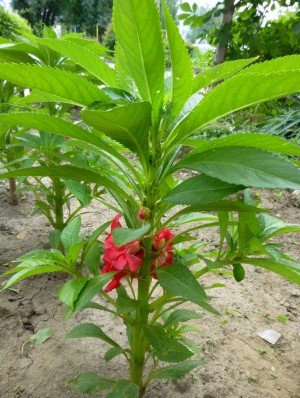
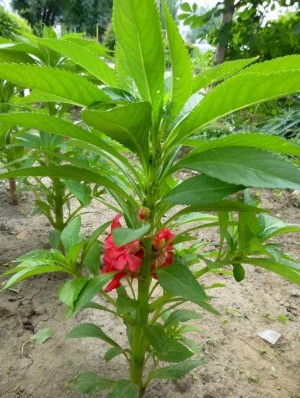
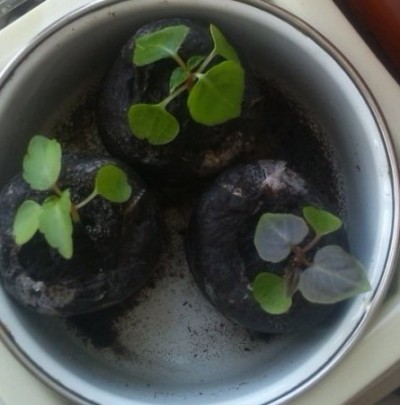
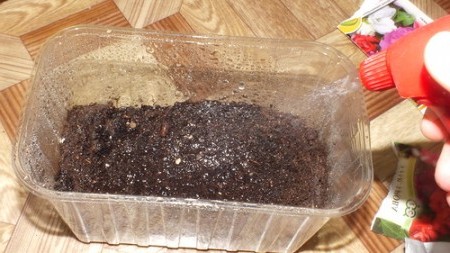
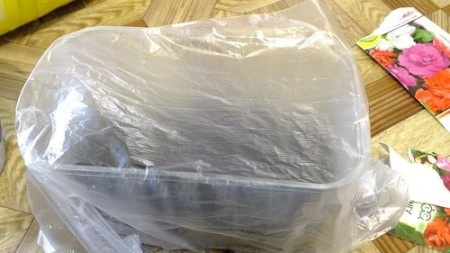
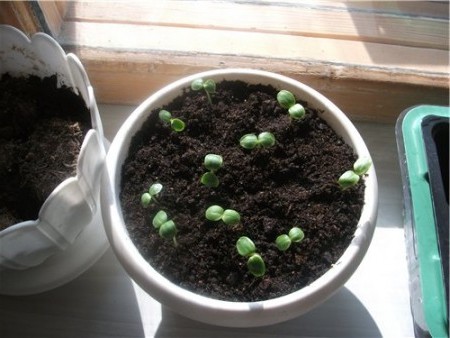
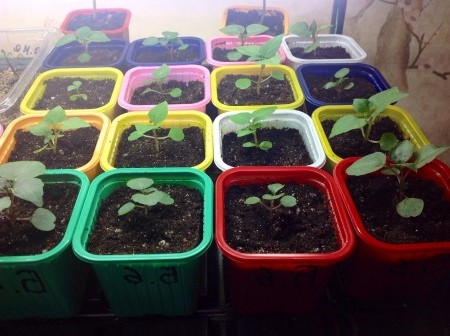
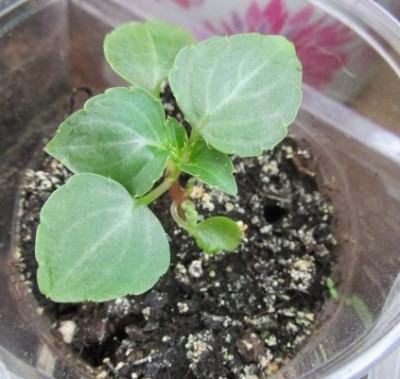
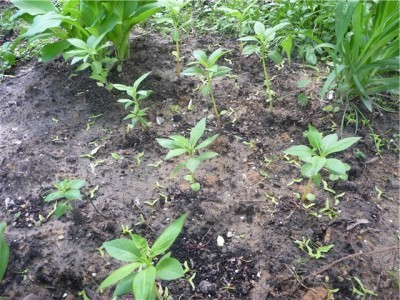
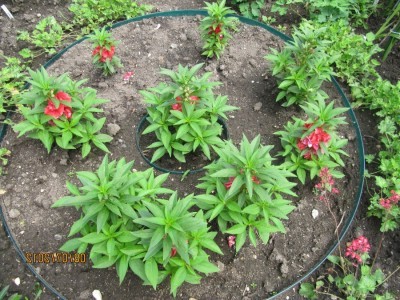
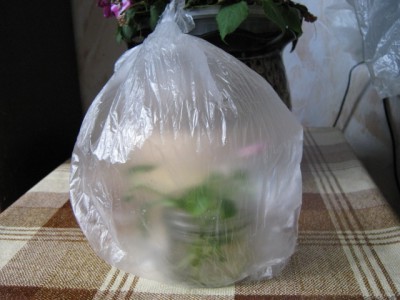
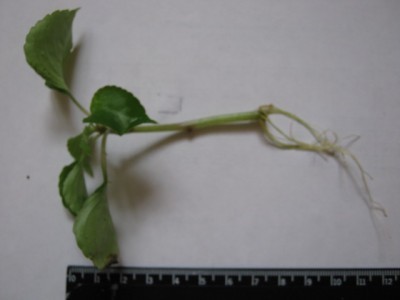


 CUCUMBERS NEVER GET SICK, I'VE BEEN USING ONLY THIS FOR 40 YEARS! I SHARE A SECRET WITH YOU, CUCUMBERS ARE LIKE THE PICTURE!
CUCUMBERS NEVER GET SICK, I'VE BEEN USING ONLY THIS FOR 40 YEARS! I SHARE A SECRET WITH YOU, CUCUMBERS ARE LIKE THE PICTURE! You can dig a bucket of potatoes from each bush. Do you think these are fairy tales? Watch the video
You can dig a bucket of potatoes from each bush. Do you think these are fairy tales? Watch the video
 How our fellow gardeners work in Korea. There is a lot to learn and just fun to watch.
How our fellow gardeners work in Korea. There is a lot to learn and just fun to watch. Eye trainer. The author claims that with daily viewing, vision is restored. They don't charge money for views.
Eye trainer. The author claims that with daily viewing, vision is restored. They don't charge money for views. A 3-ingredient cake recipe in 30 minutes is better than Napoleon. Simple and very tasty.
A 3-ingredient cake recipe in 30 minutes is better than Napoleon. Simple and very tasty. Therapeutic exercises for cervical osteochondrosis.A complete set of exercises.
Therapeutic exercises for cervical osteochondrosis.A complete set of exercises. Which indoor plants match your zodiac sign?
Which indoor plants match your zodiac sign? What about them? Excursion to German dachas.
What about them? Excursion to German dachas.
Thank you. Very accessible explanations. I dive into flowerpots.
Thank you, I tested it from my own experience, I sowed balsam for the first time in my life, it sprouted quickly, my seeds had very good germination, I can’t say 100% because I sowed in a common bowl, they sprouted together, I sowed on March 10, while the seedlings arrived up to two true leaves, it has stretched out a lot, after picking it continues to stretch again, the plants are very tender, very easy to injure, you need to pick it very carefully, to be on the safe side I will buy more seeds for sowing in open ground.